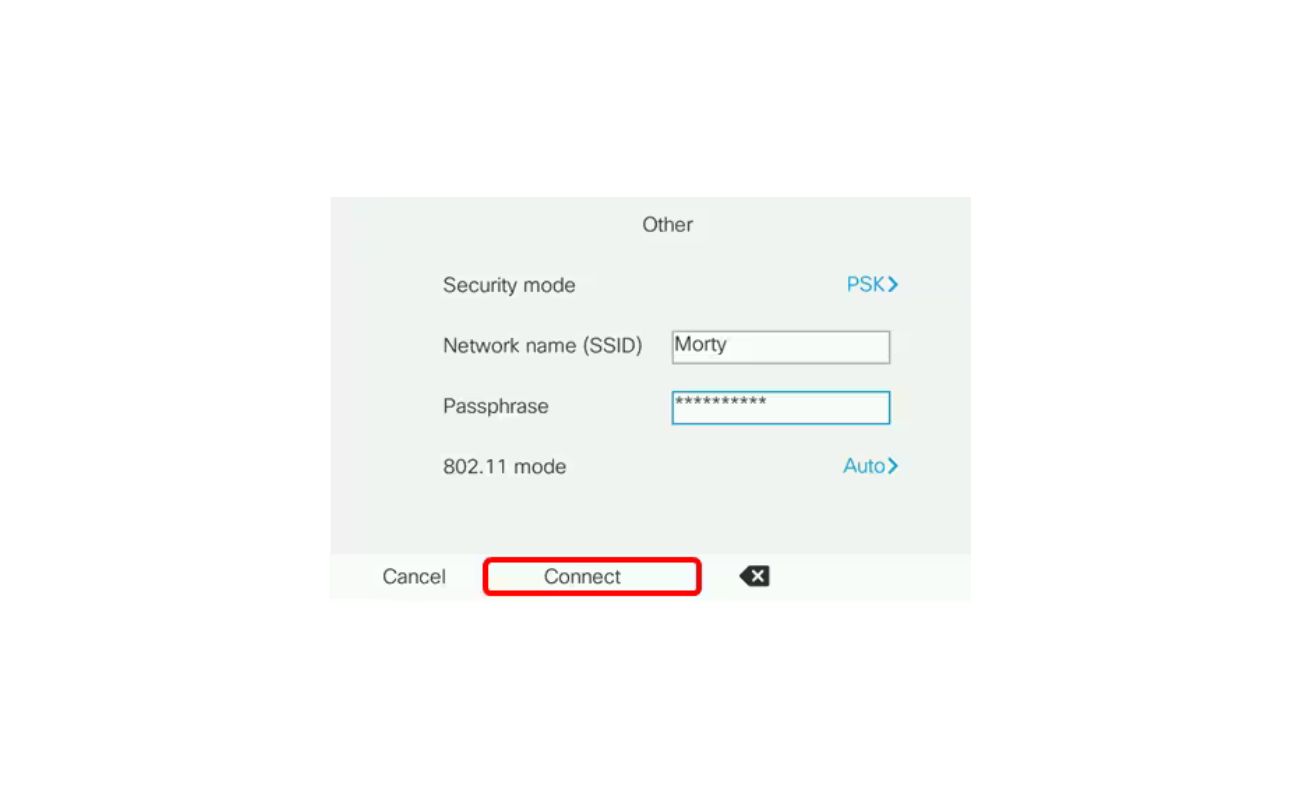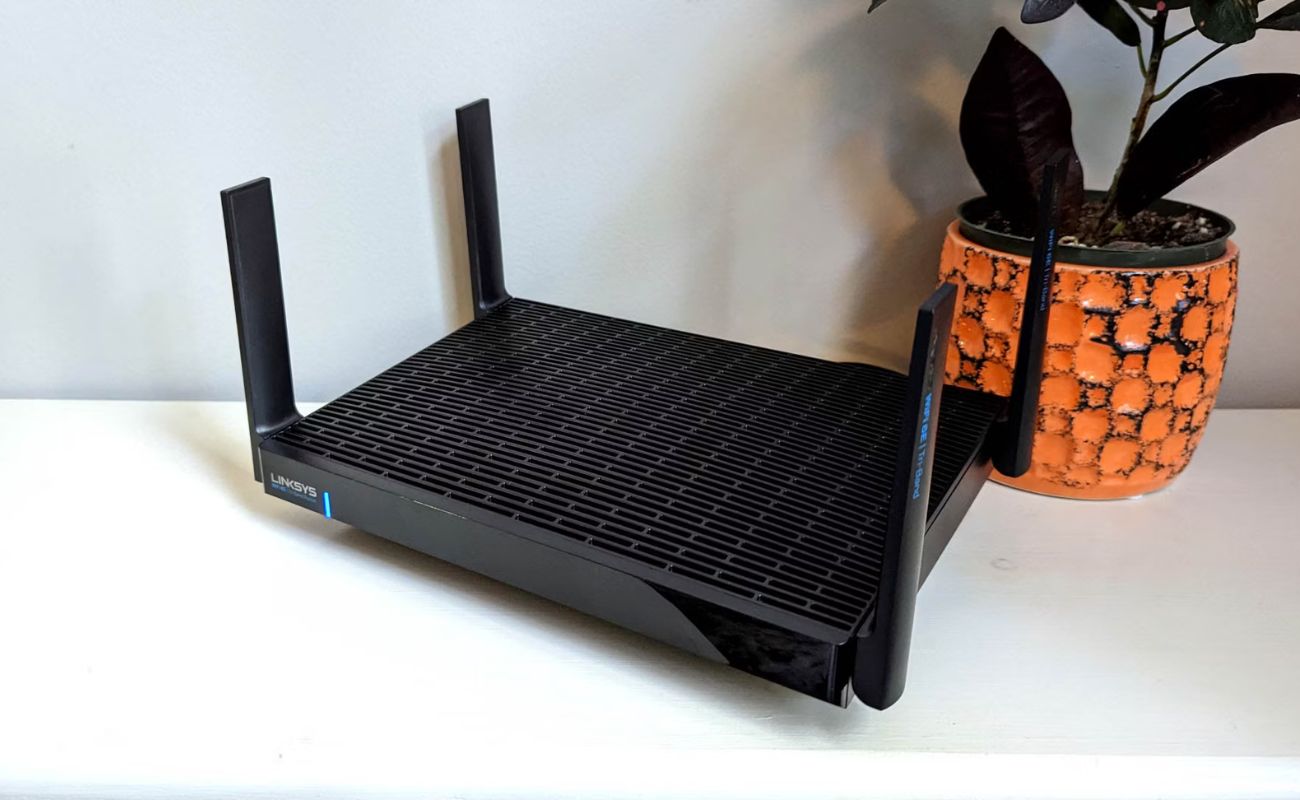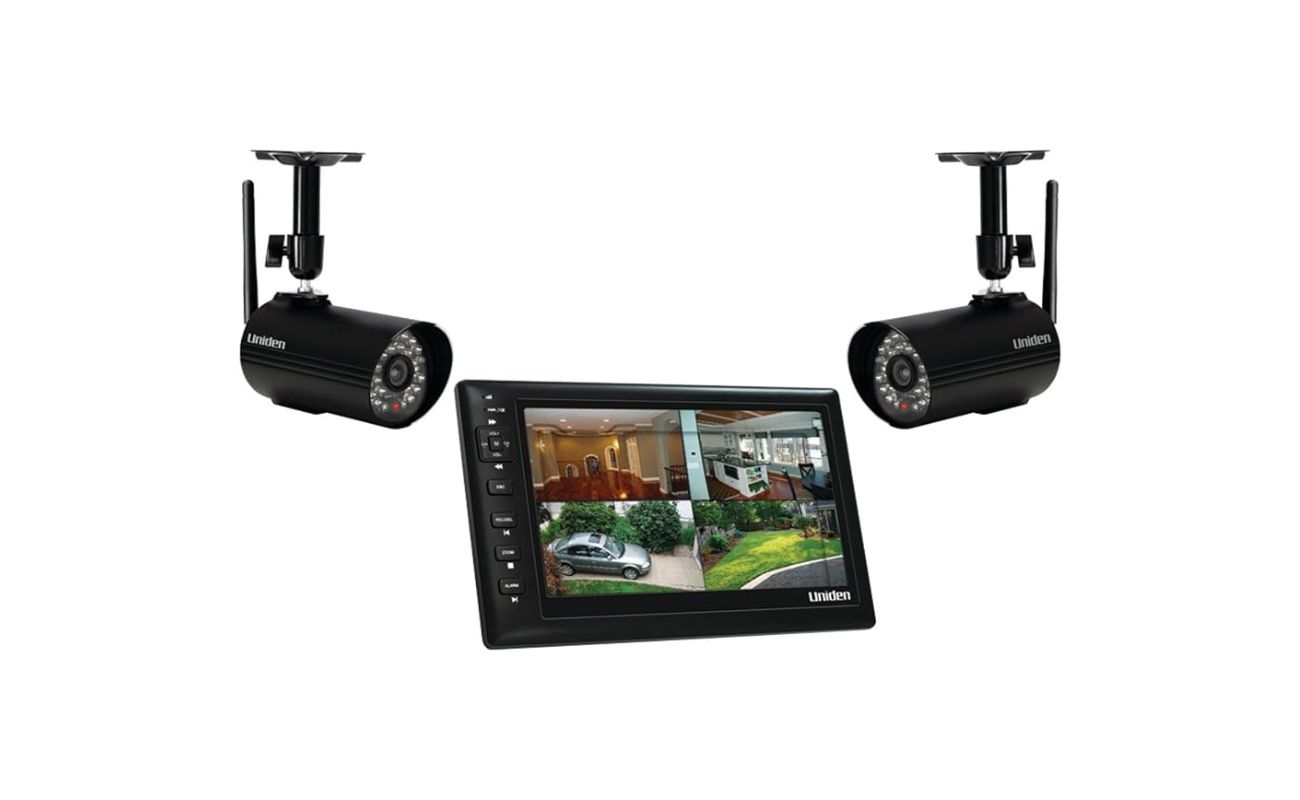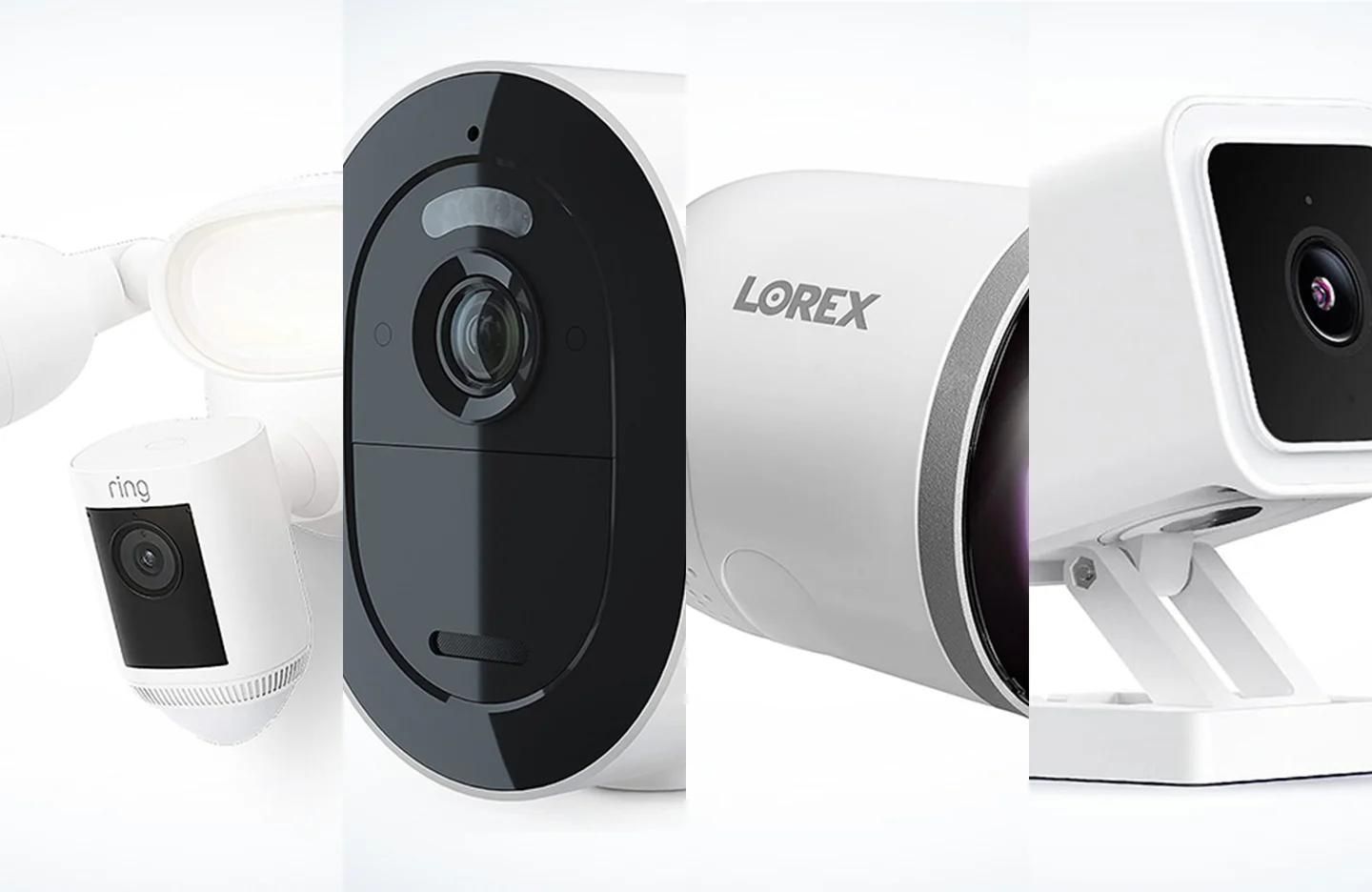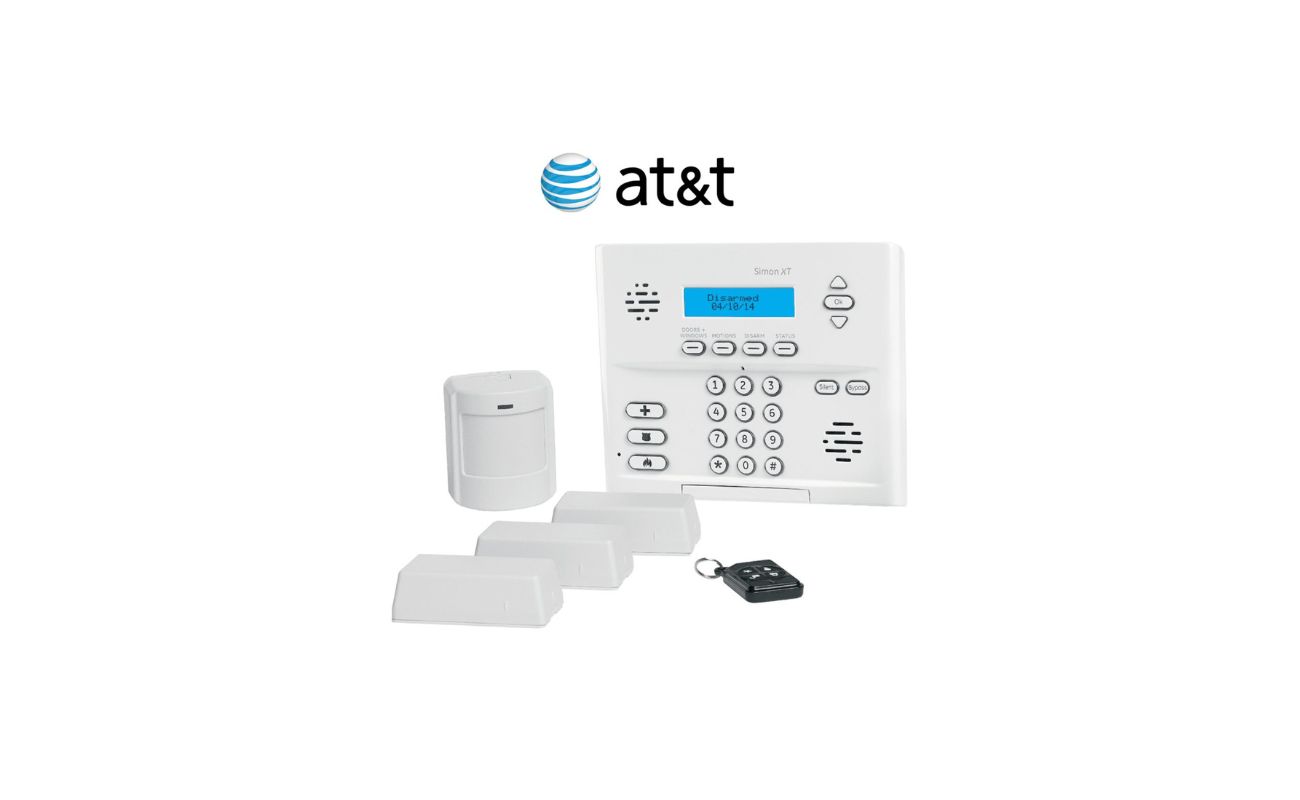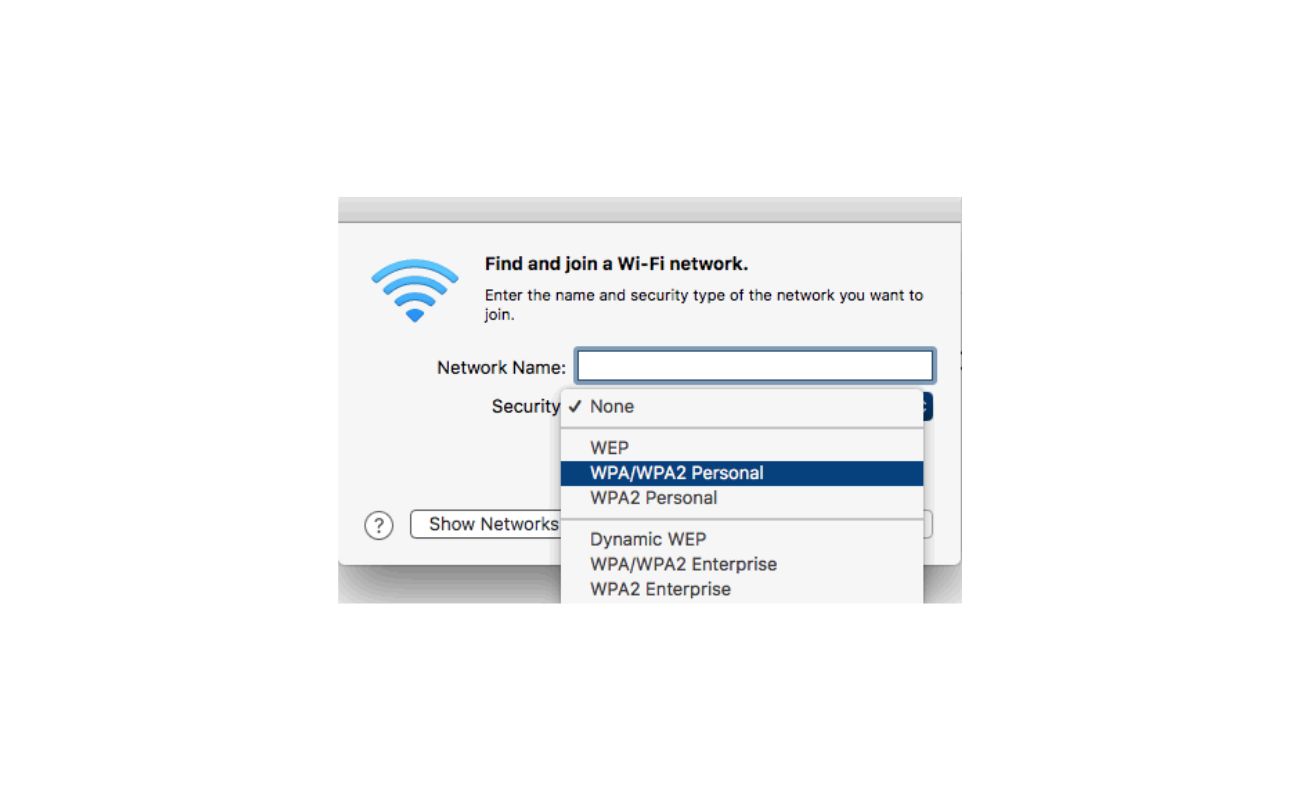Home>Home Security and Surveillance>What Is A Wireless Security Policy


Home Security and Surveillance
What Is A Wireless Security Policy
Modified: October 20, 2024
Learn about the importance of a wireless security policy for your home security and surveillance needs, ensuring the safety of your property and loved ones.
(Many of the links in this article redirect to a specific reviewed product. Your purchase of these products through affiliate links helps to generate commission for Storables.com, at no extra cost. Learn more)
Introduction
Home security and surveillance have become paramount considerations in today’s world. With the advancement of technology, wireless security systems have gained immense popularity, offering convenience, flexibility, and enhanced protection. However, it is crucial to have a robust wireless security policy in place to safeguard your home and loved ones.
A wireless security policy is a set of guidelines and protocols that define the measures and practices for securing a wireless network. It addresses potential vulnerabilities, establishes access controls, and outlines procedures to prevent unauthorized access and breaches. In this article, we will explore the definition, importance, elements, implementation, best practices, and challenges associated with a wireless security policy.
Wireless security policies are vital because they provide a comprehensive approach to protect your wireless network infrastructure and the sensitive data transmitted through it. These policies outline the necessary security measures, including encryption protocols, authentication methods, and network monitoring practices, to ensure the confidentiality, integrity, and availability of your home security system.
By implementing a wireless security policy, homeowners can minimize the risk of unauthorized access to their surveillance systems, prevent cyber-attacks, protect their personal information, and maintain the privacy and security of their homes.
Key Takeaways:
- A wireless security policy is like a set of rules for protecting your home’s wireless network and devices. It helps keep your security system safe from hackers and ensures your privacy.
- By following a wireless security policy, homeowners can prevent unauthorized access, protect their data, and have peace of mind knowing their home security system is secure.
Read more: What Is Wireless Security?
Definition of Wireless Security Policy
A wireless security policy is a comprehensive set of guidelines and protocols designed to protect a wireless network and ensure the security and integrity of the connected devices and data. It outlines the specific measures, controls, and procedures that should be implemented to mitigate risks and prevent unauthorized access to the network.
In the context of home security and surveillance, a wireless security policy encompasses the rules and procedures that govern the operation and protection of wireless cameras, sensors, alarms, and other security devices. It encompasses both the hardware components and the digital infrastructure, including the wireless network, software applications, and cloud-based storage systems.
Key elements typically addressed in a wireless security policy include:
- Network access control: Defines who can access the wireless network and how access is granted, including password requirements, user authentication methods, and guest network policies.
- Data encryption: Specifies the encryption protocols that should be enabled to protect the confidentiality of data transmitted over the network, such as Wi-Fi Protected Access (WPA2) or higher.
- Device management: Outlines the approved devices that can be connected to the network and establishes procedures for device onboarding and authentication.
- Network monitoring: Details the methods and tools to monitor network traffic, identify potential security breaches or suspicious activities, and respond to incidents promptly.
- Physical security: Addresses the physical protection of wireless devices, including placement, tamper-proofing measures, and restrictions on physical access.
- Software updates and patches: Recommends regular updates of firmware and software applications to ensure that known vulnerabilities are addressed.
A well-defined wireless security policy acts as a roadmap for implementing and maintaining a secure home security system. It provides clear guidelines for homeowners to follow to protect their network and devices from cybersecurity threats and potential breaches.
It is important to note that a wireless security policy should be regularly reviewed and updated to keep pace with evolving technology and emerging cybersecurity risks. Continuously assessing and refining the policy ensures that it remains effective and aligned with current best practices in wireless security.
Importance of Wireless Security Policy
Implementing a wireless security policy is crucial for homeowners who rely on home security and surveillance systems. Here are several reasons why a wireless security policy is of utmost importance:
- Protects against unauthorized access: A wireless security policy provides guidelines and measures to prevent unauthorized individuals from accessing your home security system and potentially compromising your safety. It helps establish strong access controls, such as secure passwords, encryption protocols, and network segmentation, to protect against unauthorized intrusions.
- Safeguards sensitive data: Home security systems often capture and transmit sensitive data, including video footage, audio recordings, and personal information. A wireless security policy ensures that appropriate encryption measures, like WPA2, are in place to secure this data during transmission, preventing interception and unauthorized viewing.
- Prevents cyber-attacks: Wireless networks are vulnerable to various cyber-attacks, such as hacking, malware infections, and phishing attempts. A comprehensive wireless security policy includes measures to detect and prevent these attacks, such as firewalls, intrusion detection systems, and regular security audits.
- Maintains privacy: Having a wireless security policy helps maintain the privacy of your home and personal space. Proper security measures mitigate the risk of unauthorized individuals gaining access to your security cameras, microphones, and other surveillance devices, ensuring that your privacy is respected.
- Minimizes legal and liability risks: A wireless security policy helps homeowners comply with legal requirements and regulations related to privacy and data protection. By implementing proper security controls and procedures outlined in the policy, homeowners can minimize the risk of legal consequences and potential liabilities associated with security breaches.
- Provides peace of mind: Knowing that you have a well-defined wireless security policy in place helps create peace of mind. It allows homeowners to trust in the security and reliability of their home security systems, knowing that measures are in place to protect their loved ones and property.
Ultimately, a wireless security policy serves as a proactive approach to protect your home and enhance the effectiveness of your security and surveillance systems. By establishing clear guidelines and best practices, homeowners can ensure that their networks and devices are secure, their data is protected, and their privacy is respected.
Elements of a Wireless Security Policy
A well-structured wireless security policy consists of various key elements that address different aspects of securing a home security system. These elements help homeowners establish and maintain a secure wireless network infrastructure. Here are some essential elements of a wireless security policy:
- Network Architecture: This element outlines the design and layout of the wireless network, including network segmentation, access points, and the placement of security devices. It provides a clear understanding of how the network is organized and helps determine potential vulnerabilities.
- Authentication and Access Control: This element establishes the protocols and methods to authenticate users and control access to the wireless network. It includes measures such as strong password policies, two-factor authentication, and the use of secure authentication protocols like EAP (Extensible Authentication Protocol).
- Data Encryption: This element specifies the encryption protocols and algorithms that should be implemented to protect data transmitted over the wireless network. It ensures the confidentiality and integrity of the data, minimizing the risk of unauthorized interception and access.
- Device Management: This element defines policies for managing and securing the devices connected to the wireless network. It includes processes for device onboarding, authorization, and lifecycle management. It also addresses the procedures for removing or revoking access to devices that are no longer authorized or compromised.
- Network Monitoring: This element outlines the methods and tools for monitoring network traffic, detecting anomalies, and identifying security breaches. It includes intrusion detection systems (IDS), intrusion prevention systems (IPS), and network security monitoring (NSM) solutions to proactively monitor and respond to potential threats.
- Physical Security: This element focuses on the physical protection of the wireless network infrastructure, including security cameras, wireless access points, and Network Attached Storage (NAS) devices. It covers measures such as secure mounting, tamper-proof enclosures, and restricted physical access to minimize the risk of tampering or theft.
- Software Updates and Patch Management: This element emphasizes the importance of keeping software and firmware up to date with the latest security patches and updates. It establishes a process for regularly checking and applying patches to mitigate known vulnerabilities and ensure the ongoing security of the system.
These elements are not exhaustive, and the specific components of a wireless security policy may vary depending on the unique requirements and characteristics of each home security system. It is essential to tailor the policy to address the specific environment and potential risks.
By including these elements in a wireless security policy, homeowners can establish a solid foundation for securing their home security system. These guidelines and protocols help homeowners mitigate risks, prevent unauthorized access, and maintain the integrity and confidentiality of their wireless networks and connected devices.
Regularly update your wireless security policy to address new threats and technologies. This will help ensure that your network remains secure against evolving risks.
Implementation of a Wireless Security Policy
Implementing a wireless security policy requires careful planning and execution to ensure its effectiveness in safeguarding your home security system. Here are some key steps to consider during the implementation process:
- Assess Current Security Measures: Begin by evaluating your existing wireless network infrastructure and security measures. Identify any vulnerabilities or weaknesses that may need to be addressed. This assessment will serve as a baseline for implementing the wireless security policy.
- Define Policy Objectives: Clearly define the goals and objectives of your wireless security policy. Determine what you aim to achieve in terms of network security, data protection, access control, and overall risk mitigation.
- Develop Policies and Procedures: Create a detailed set of policies and procedures that align with the objectives of the wireless security policy. Define guidelines for network access, authentication methods, data encryption, device management, network monitoring, and physical security.
- Educate and Train Users: Educate all users of the wireless network, including family members and other individuals with access to the network, about the wireless security policy. Provide training on how to adhere to the policies and procedures outlined in the policy.
- Configure Security Settings: Implement the necessary security configurations on your wireless network infrastructure. This includes enabling encryption protocols, setting strong passwords, and implementing access controls on routers, access points, and connected devices.
- Monitor Network Activity: Deploy network monitoring tools and solutions to monitor network activity, detect any anomalies or suspicious behavior, and respond to potential security incidents promptly. Regularly review logs and reports to identify any vulnerabilities or signs of compromise.
- Regularly Update Software and Firmware: Establish a schedule for updating and patching software and firmware on all devices connected to the network. Stay vigilant in applying the latest security patches to address known vulnerabilities and protect against emerging threats.
- Perform Regular Assessments and Audits: Conduct periodic assessments and audits to evaluate the effectiveness of the wireless security policy. Identify areas for improvement and make necessary adjustments to ensure ongoing security.
- Continuously Improve Security Measures: Stay informed about the latest trends and best practices in wireless security. Regularly review and update the wireless security policy to adapt to new threats and technologies. Incorporate lessons learned from security incidents or breaches to strengthen your security measures.
Successful implementation of a wireless security policy requires ongoing commitment and collaboration between homeowners and all individuals using the wireless network. Regular communication, training, and reinforcement of the policies and procedures are essential to maintaining a secure environment.
Remember that a wireless security policy is not a one-time effort. It requires continual monitoring, updating, and improvement to keep pace with evolving threats and technologies. By diligently implementing and adhering to the wireless security policy, homeowners can enhance the security of their home security systems, protect their privacy, and enjoy peace of mind.
Best Practices for Wireless Security Policy
Implementing a wireless security policy is crucial for safeguarding your home security system. To enhance the effectiveness of your wireless security policy, consider incorporating the following best practices:
- Regularly Update Firmware and Software: Keep all devices connected to your wireless network up to date with the latest firmware and software updates. This ensures that known vulnerabilities are patched and protects against potential exploits.
- Enable Strong Encryption: Utilize the highest level of encryption available, such as WPA2 or WPA3, to secure your wireless network. Avoid using older or weaker encryption protocols, as they are more susceptible to attacks.
- Change Default Passwords: Immediately change the default passwords of your wireless routers and other connected devices. Use strong, unique passwords that are difficult to guess, and consider using a password manager for added convenience and security.
- Implement Network Segmentation: Divide your wireless network into segments to control and separate access between different devices, such as cameras, sensors, and personal devices. This helps contain any potential breaches and limits the impact of a compromised device.
- Enable Two-Factor Authentication (2FA): Implement two-factor authentication for accessing your wireless network. This adds an extra layer of security by requiring users to provide an additional authentication code in addition to their usernames and passwords.
- Regularly Monitor Network Activity: Deploy network monitoring tools or use built-in features provided by your wireless router to monitor network traffic and identify any suspicious activity. Promptly investigate and respond to any anomalies or potential security breaches.
- Disable SSID Broadcasting: By disabling the broadcasting of your network’s SSID (Service Set Identifier), you make it less visible to potential attackers. Users will need to manually enter the network name to connect, adding an extra layer of security.
- Use a Guest Network: Set up a separate guest network for visitors to use. This isolates their devices from your primary network and prevents unauthorized access to your sensitive data and connected devices.
- Physically Secure Devices: Place security cameras, routers, and other wireless devices in secure locations within your home. Ensure they are not easily accessible or visible from outside your property, minimizing the risk of physical tampering.
- Regularly Review and Update Policies: Continuously evaluate and update your wireless security policy to align with emerging threats and industry best practices. Stay informed about the latest security trends and incorporate new measures to strengthen your security posture.
By following these best practices, homeowners can significantly enhance the security and protection of their wireless networks and connected devices. A vigilant and proactive approach to wireless security policy implementation helps mitigate risks, prevents unauthorized access, and safeguards the privacy and integrity of your home security system.
Challenges in Enforcing a Wireless Security Policy
While implementing a wireless security policy is essential for protecting your home security system, there are several challenges that homeowners may encounter when it comes to enforcing the policy effectively. Understanding and addressing these challenges is crucial to maintaining a secure wireless network. Here are some common challenges in enforcing a wireless security policy:
- User Awareness and Compliance: One of the major challenges is ensuring that all users of the wireless network, including family members and guests, are aware of and compliant with the security policy. Users may inadvertently compromise network security by sharing passwords, connecting unauthorized devices, or neglecting to follow security procedures.
- Keeping Up with Technology: Wireless technology is evolving rapidly, and new vulnerabilities and security threats emerge frequently. Keeping up with the latest advancements in wireless security and updating the policy accordingly can be challenging, but it is crucial to address emerging risks effectively.
- Legacy Devices and Compatibility: Existing legacy devices may not support the latest security features or encryption standards. This poses a challenge when trying to enforce the wireless security policy uniformly across all devices connected to the network. Upgrading or replacing older devices may be necessary to ensure compatibility and compliance.
- Guest Network Management: Providing secure access to guests while maintaining network security can be complex. Establishing and managing a separate guest network with limited access privileges requires careful configuration and monitoring to prevent unauthorized access and potential breaches.
- User Convenience vs. Security: Balancing user convenience with security measures can be a challenge. Users may resist certain security protocols or find them cumbersome, leading to non-compliance or workarounds that can compromise the network’s security. Striking the right balance between usability and security is crucial.
- Insufficient Resources: Enforcing a wireless security policy requires time, effort, and resources. Homeowners may face challenges in allocating the necessary resources to implement and maintain security measures, especially in larger or more complex home security systems.
- Internal and External Threats: Wireless networks are susceptible to both internal and external threats. Internal threats, such as negligent or malicious users within the network, can pose significant challenges. Similarly, external threats, including hackers and cybercriminals, require proactive measures to ensure the wireless security policy’s enforcement.
- Maintaining Continuous Compliance: Continuous compliance with the wireless security policy is crucial. Regular reviews, updates, and audits are essential to address any changes in the network infrastructure, technology, or emerging security threats. However, maintaining this continuous compliance can be challenging without proper monitoring and automated processes.
To overcome these challenges, it is important to prioritize user education and awareness, regularly update the wireless security policy, and utilize tools and technologies that simplify enforcement and monitoring processes. Collaboration and open communication between users and system administrators are also crucial in maintaining a secure wireless network.
By being proactive and addressing these challenges, homeowners can enforce their wireless security policy effectively, mitigate risks, and ensure the security and integrity of their home security system.
Conclusion
A wireless security policy is a vital component of any home security and surveillance system. By implementing a comprehensive and well-defined policy, homeowners can protect their wireless network infrastructure and secure the sensitive data transmitted through it. The elements of a wireless security policy, ranging from network access control and data encryption to device management and network monitoring, help establish strong security measures.
While enforcing a wireless security policy may present challenges such as user compliance, technological advancements, and resource allocation, these challenges can be mitigated with user education, regular updates, and the use of appropriate tools and technologies. Best practices, such as regularly updating firmware and software, enabling strong encryption, and monitoring network activity, can further enhance the effectiveness of the policy.
By adhering to a wireless security policy, homeowners can minimize the risk of unauthorized access, protect sensitive data, prevent cyber-attacks, maintain privacy, and minimize legal and liability risks. A well-implemented policy provides peace of mind, knowing that the home security system is protected and secure.
Continual evaluation and improvement of the wireless security policy are essential to stay ahead of evolving threats and technologies. Regular assessments, audits, and updates ensure that the policy remains aligned with industry best practices and addresses emerging risks.
In conclusion, a wireless security policy is a fundamental tool for securing home security and surveillance systems. By implementing and enforcing a comprehensive policy, homeowners can enhance the security, privacy, and integrity of their wireless network infrastructure, providing protection and peace of mind for themselves and their loved ones.
Frequently Asked Questions about What Is A Wireless Security Policy
Was this page helpful?
At Storables.com, we guarantee accurate and reliable information. Our content, validated by Expert Board Contributors, is crafted following stringent Editorial Policies. We're committed to providing you with well-researched, expert-backed insights for all your informational needs.
